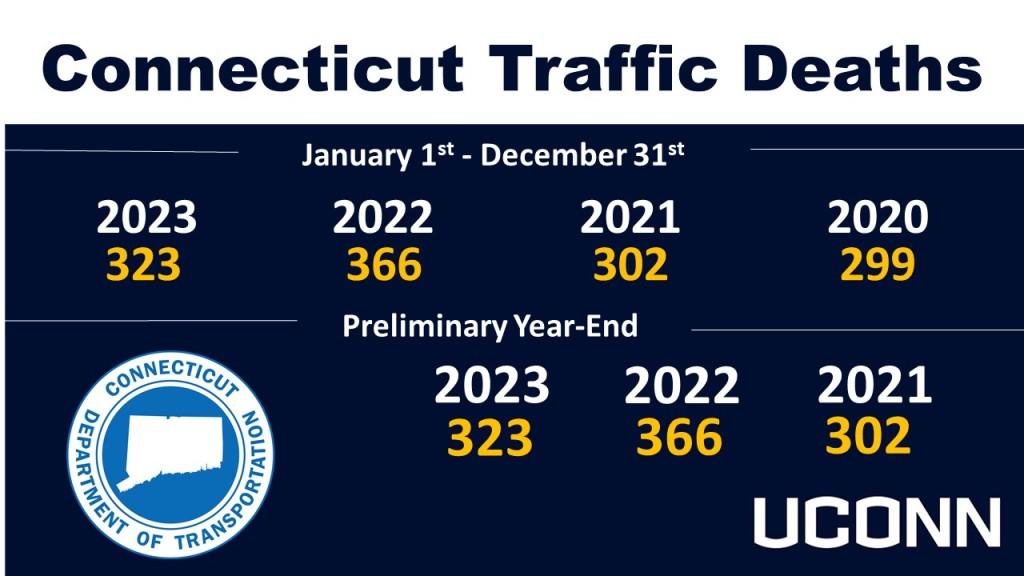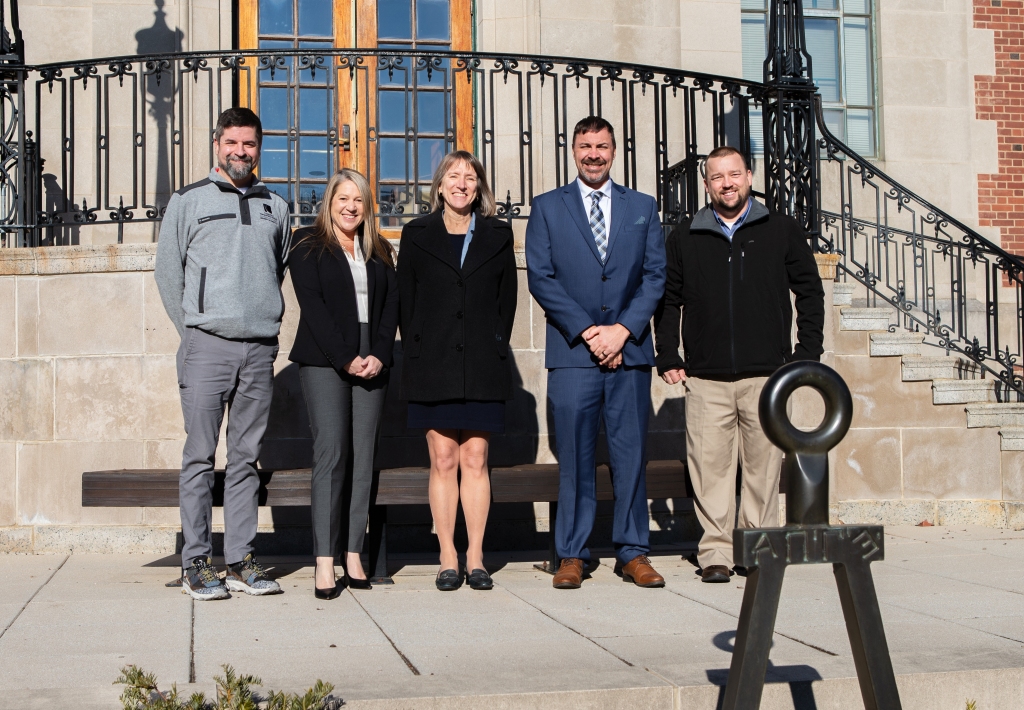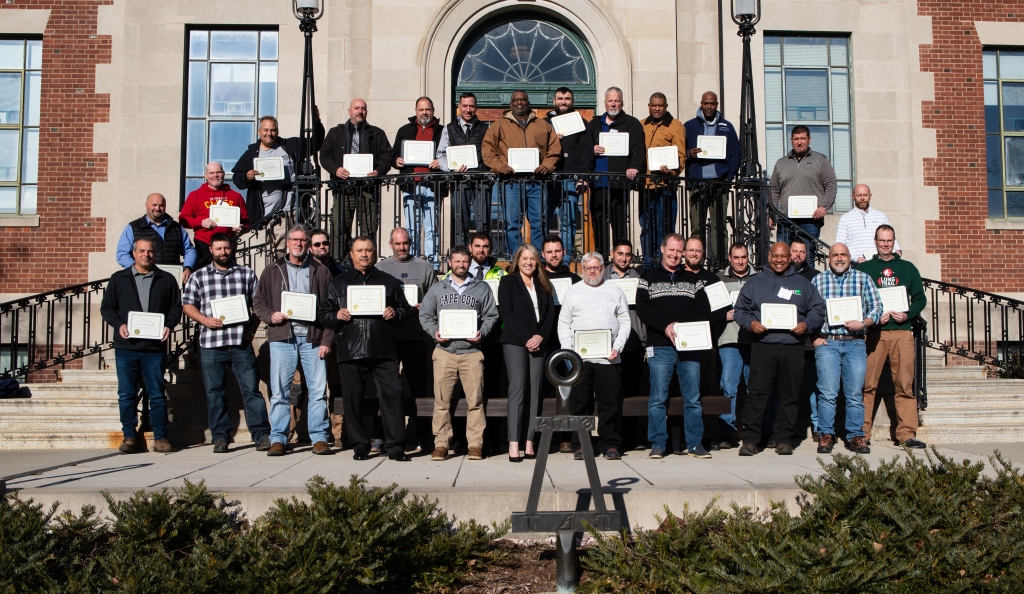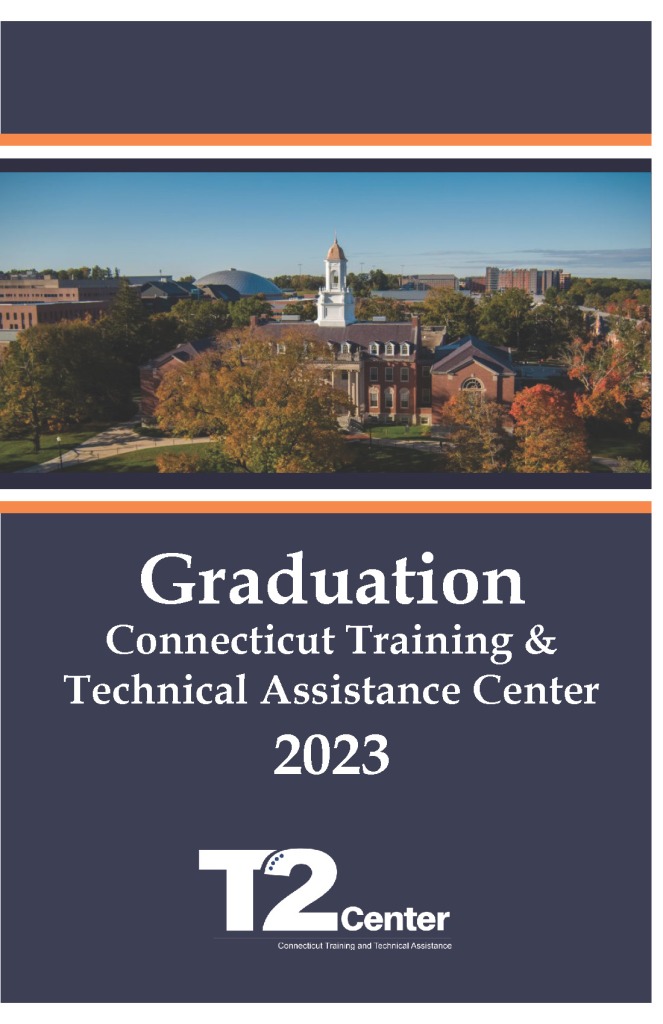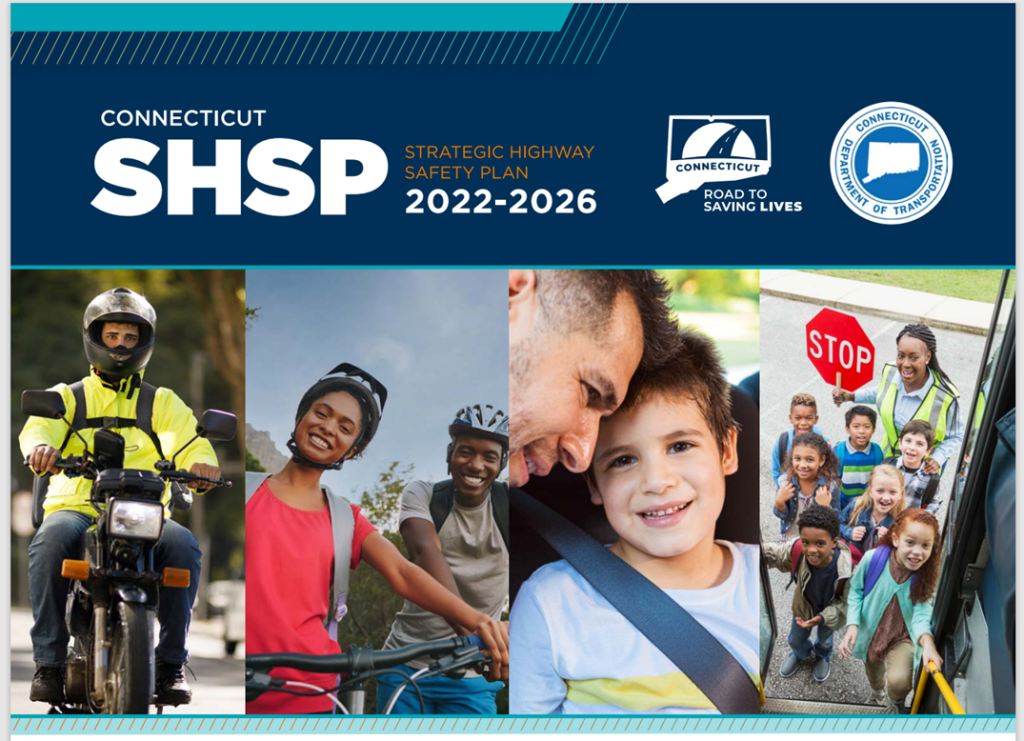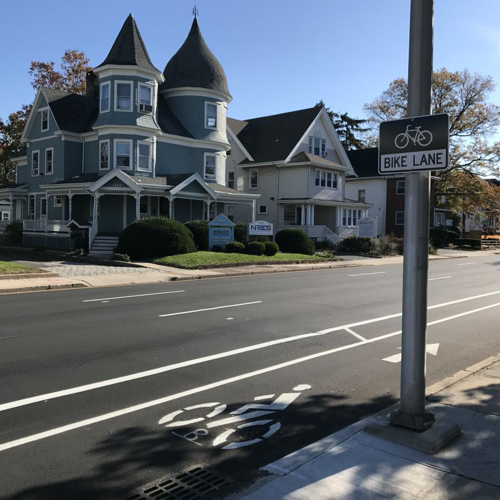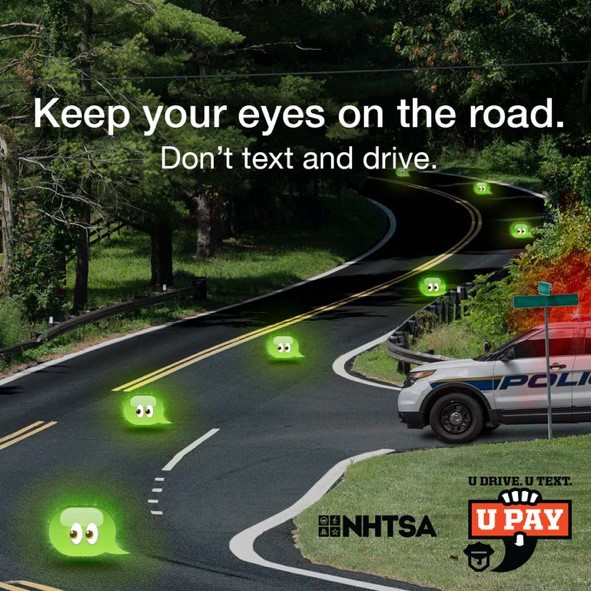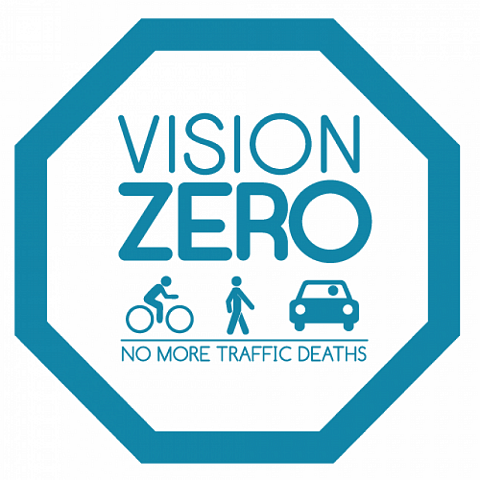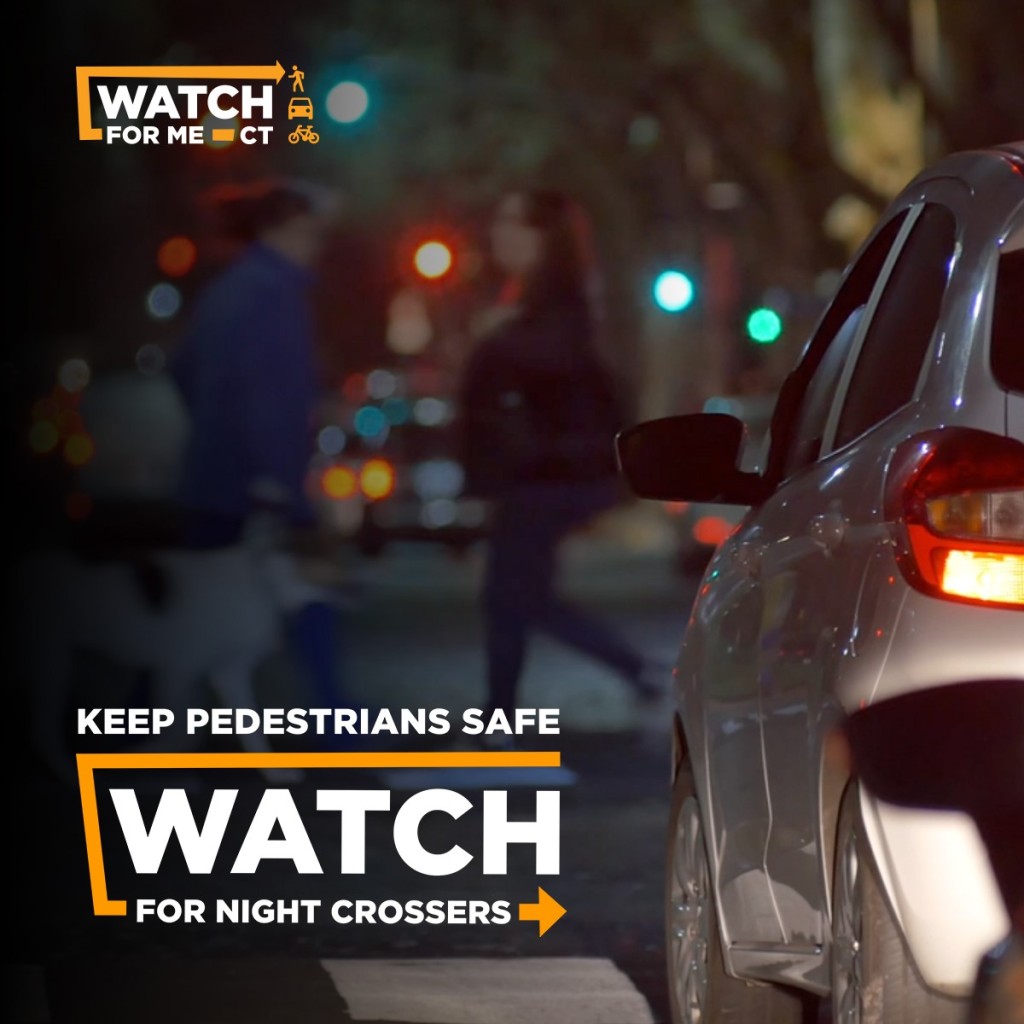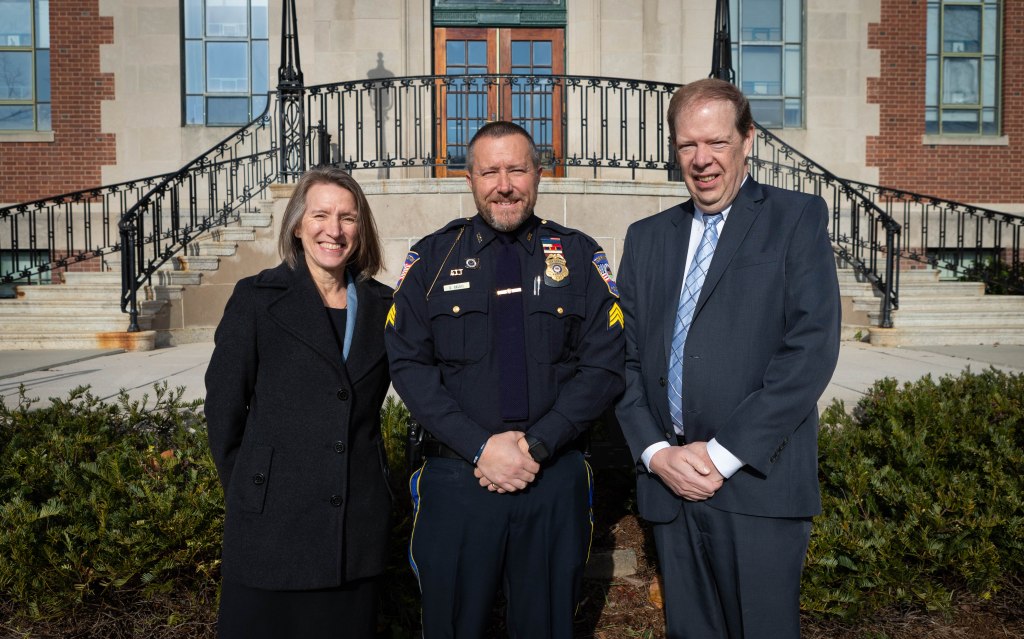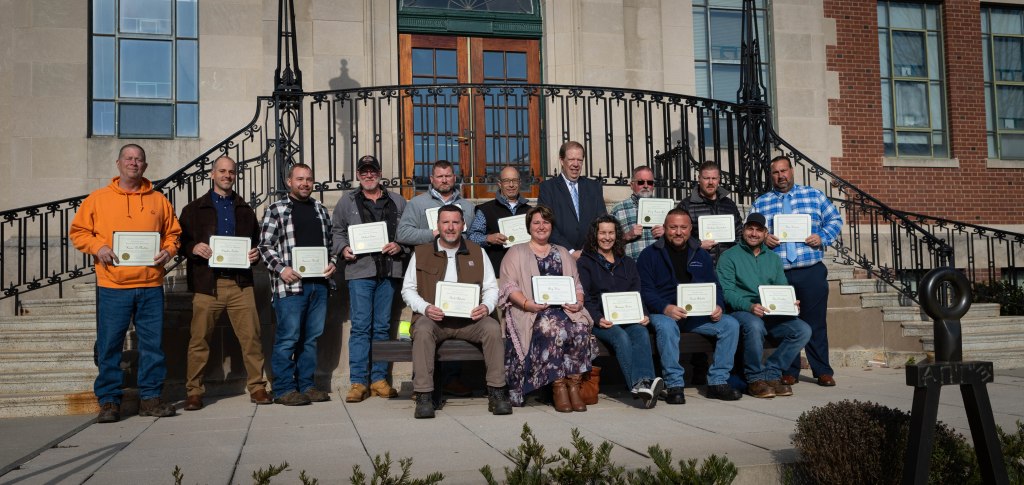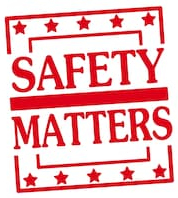
April is National Distracted Driving Awareness Month
According to the National Highway Traffic Safety Association (NHTSA), in 2021 there were 3,522 people killed and an estimated 362,415 people injured in U.S. traffic crashes involving distracted drivers. In Connecticut in 2021, there were over 5,600 crashes attributed to distracted driving that resulted in nine fatalities and more than 850 injuries.
Distracted driving includes activities such as adjusting the radio or GPS, eating or drinking, and even conversations with vehicle passengers. However, the most prevalent activity is cell phone use, whether it is talking, texting, or using social media. Forty-eight states, including Connecticut, have laws prohibiting hand-held cell phone use yet it continues.

Once again this year, the Connecticut DOT is partnering with State and local law enforcement and NHTSA to run an enforcement campaign, Put the Phone Away or Pay. “We urge all drivers to prioritize safety by keeping their focus on the road and not on their phones. Every moment behind the wheel demands our full attention,” said CTDOT Commissioner Garrett Eucalitto. “This enforcement effort aims to remind everyone that distracted driving is illegal, dangerous, and deadly. Let’s work together to make Connecticut’s roads safer for everyone.”
Additionally, in an effort to educate young drivers, the Connecticut Highway Safety Office has continued its collaborative efforts with Matrix Entertainment’s Save A Life Tour for the 2023-2024 academic year, forming a statewide initiative. The project, expected to reach approximately 80 high schools, offers interactive learning experiences like distracted driving simulators, safety videos, and pledge signings to driving-aged students.
As a reminder, Connecticut law prohibits the use of any hand-held mobile electronic device while operating a motor vehicle. Drivers who are 16 or 17 years of age are prohibited from using a cell phone or mobile device at any time, even with a hands-free accessory. Violating Connecticut’s distracted driving laws can be costly. Drivers who are ticketed are fined $200 for the first offense, $375 for the second offense, and $625 for the third and subsequent offenses. “Connecticut police are committed to ending the scourge of serious and deadly crashes caused by drivers distracted by their mobile devices,” said Watertown Police Chief and Vice President of the Connecticut Police Chiefs Association, Josh Bernegger. “We will be out in force issuing traffic tickets to distracted drivers. So please, put the phone away or pay.”
We all have a responsibility every time we get in a vehicle to keep ourselves and others safe. Whether you are the driver or a passenger, you can take steps to eliminate distractions and drive safely.
SAFETY TIPS TO NOT DRIVE DISTRACTED
- When driving, put your phone away. If you have difficulty ignoring your phone set it to “Do Not Disturb” or silence it, and put it in the backset or trunk.
- If you are expecting a text message or need to send one, pull over to a safe location, stop driving, and then use your phone.
- Give control of your phone to a passenger to answer calls and texts.
- Never engage in social media activity of any kind while driving.
- Set a good example and speak up if you are a passenger in a vehicle where the driver is distracted.
For more information and assistance with local road safety in your community, contact Melissa Evans or Jason Hughes.
Resources:
CTDOT, Driving? Put the Phone Away or Pay Campaign Press Release


